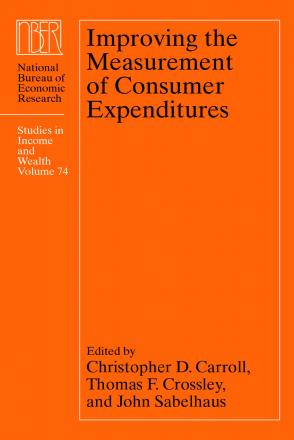Wealth Dynamics and Active Saving at Older Ages

According to the simple lifecycle model single persons are predicted to decumulate assets at advanced age, when mortality risk is high, to reduce the risk of dying with substantial wealth. Empirically it has been difficult to show this prediction in micro data. In this chapter we discuss the most common limitations in existing data. We present lifecycle patterns of dissaving based on two very different kinds of data: those that are derived from wealth change, and those derived from measures of active saving defined as disposable income minus consumption. Based on wealth change we find substantial dissaving by single persons, but not by couples: apparently couples preserve wealth to provide for the surviving spouse. Active saving by single persons is negative implying wealth decumulation, but the predicted rate of wealth decline is smaller than the rate of observed wealth decumulation. Active saving by couples is positive. We discuss possible reasons for the discrepancy between active saving and wealth change, including under-estimation of consumption, mis-measurement of taxes, and capital gains.


